How a simple technology will help reduce methane emissions in Ghana’s rice farms.
LIMITING METHANE EMISSIONS
November 11, 2022
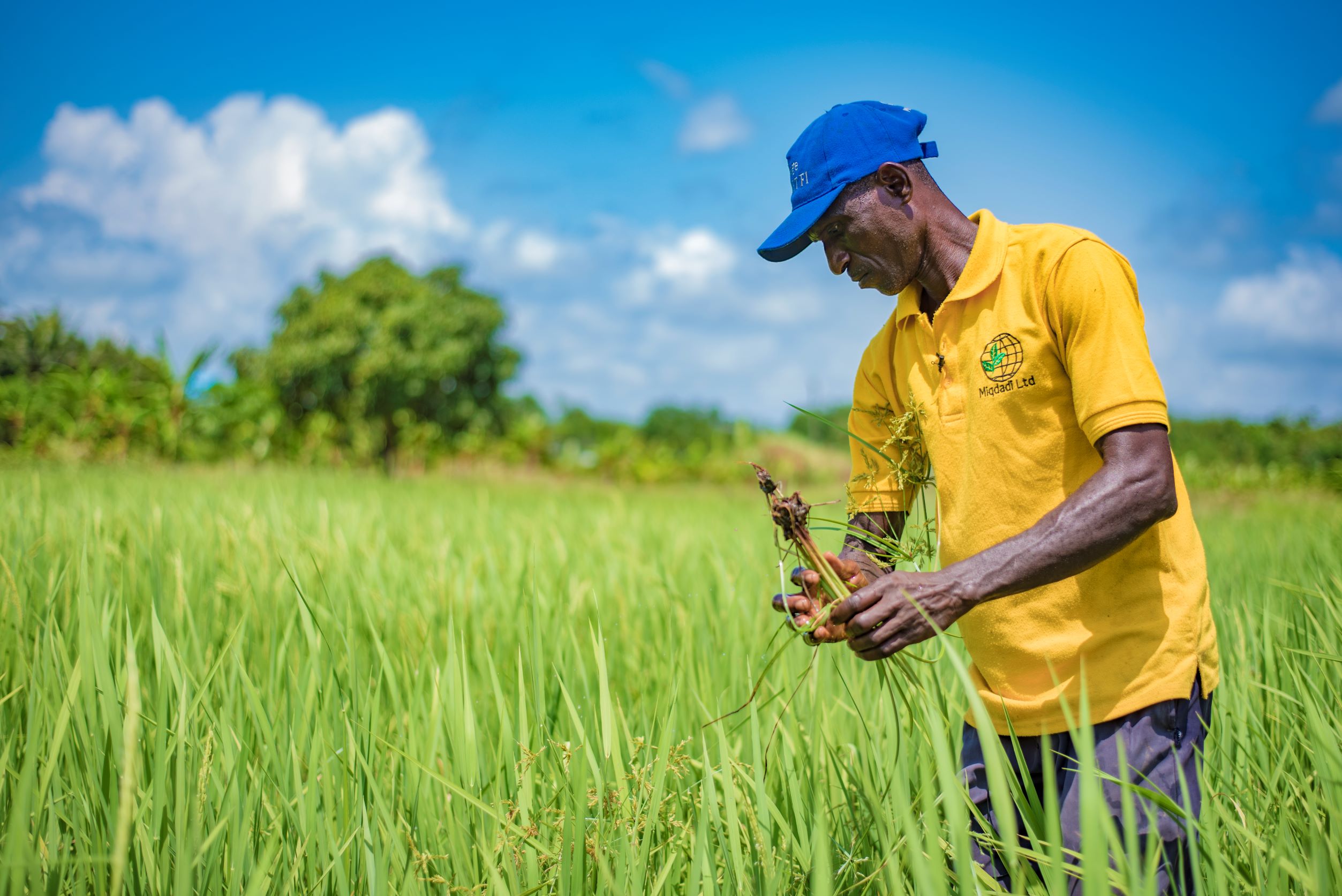
Opanyin Kojo Eyiah Okyereko, a rice farmer at Okyereko.
In a community called Okyereko, located in the Central Region of Ghana, lives Opanyin Kojo Eyiah who has been farming rice for the past 10 years. He currently owns two and half acres of rice farm. Kojo narrates his conventional rice farming irrigation method.
“We always irrigate our farms by flooding it because for us, rice must grow with a lot of water. I spend about 4 hours just to flood my 2 and half acres rice farm every 4 days if there is no rainfall”, Kojo narrated.
The silent contributors of climate change
In Ghana, rice is cultivated as both food and cash crop. Labelling rice as an important crop cannot be overemphasized. Findings show that in 2020, the country’s total rice consumption was about 1,450,000 metric tons which is equivalent to per capita consumption of about 45.0kg per annum. The consumption of rice in the country continues to surge due to Ghana’s growing population and high level of urbanization.
As narrated by Kojo, the predominant method of rice cultivation in most parts of Ghana is through the flooding method. With this method, water is flooded on a flat bunded land. The assumption with this is that because rice is often cultivated on wet farmlands, there is a need for more water.
“I spend so much time irrigating my rice farm and have just little control over the water I use. I mostly process and apply rice husk as fertilizer, and I think the effect of this is not optimal as this gets washed away most of the time, but I don’t know how to solve this challenge”, Kojo added.
Research shows that by 2050, millions of hectares of currently lowland irrigated rice cultivations will experience water scarcity due to the flooding method. What most farmers like Kojo don’t know is that flooded water on the crop field prevents oxygen from penetrating the soil. This produces an ideal condition for bacteria referred to as methanogenic archaea to continue to grow. The methanogens subsequently emit methane gas into the atmosphere, causing 1 million premature deaths every year. The longer the flooding lasts, the more those bacteria build up.
Methane is a dangerous gas and a huge contributor to global warming. Its emissions account for 8% of global warming as a result of human actions from agriculture practices like rice cultivation with the flooding method being practiced by Kojo and several farmers.
“The farmers who work on these farm fields use about 1,400 liters of water daily to irrigate their farms and the rice field is 81 hectares. After the crops have absorbed the water needed, the remaining water is polluted by microbes. These microbes release gas into the environment. It is observed that, when the water level on the field reduces, it automatically emits methane gas into the atmosphere and we need an alternative method to limit the emissions”, added Ebenezer Kwame, Irrigation Scheme Manager for Okyereko Rice Farm.
Fighting the silent climate drivers
Ghana is leading the way when it comes to innovative collaborations for climate action, being the first country in Africa and the second globally to start a project under Article 6.2 cooperative approaches of the Paris Agreement. In June 2022, Ghana’s Parliament ratified a bilateral agreement with Switzerland which allows public and private institutions to collaborate to invest in climate change mitigation interventions in Ghana and exchange carbon credits with Switzerland for payment while maintaining the development benefit in the country. The agreement falls under a $42 million pay-for-results collaboration between the Swiss Federal Office for the Environment (FOEN) and the United Nations Development Programme (UNDP).
To scale up rice cultivation and ensure that the environment and human lives are protected, farmers like Kojo are among hundreds of rice farmers in Ghana being trained to adopt alternate wetting and drying technology in rice cultivation. This is expected to result in an emission reduction target of 1.1 million tCO2e by 2030; provide extra income through carbon revenue to farmers for increased resilience; and promote adoption of water use efficiency practices for rice cultivation.
“We are really looking forward to fully adopt the new rice farming technology to conserve more water and improve our yields”, noted Kojo.
The alternate wetting and drying for methane reduction in rice cultivation is one of the initiatives under the Ghana-Switzerland Article 6.2 Cooperation, to support rice farmers with controlled irrigation and drainage facilities to ensure water efficiency. Another intervention under the agreement is focusing on waste to compost. The projects are being implemented by the Ministry of Environment, Science, Technology and Innovation (MESTI), Ministry of Food and Agriculture, and Environmental Protection Agency, all in Ghana, in partnerships with UNDP, and the Federal Office for the Environment in Switzerland.
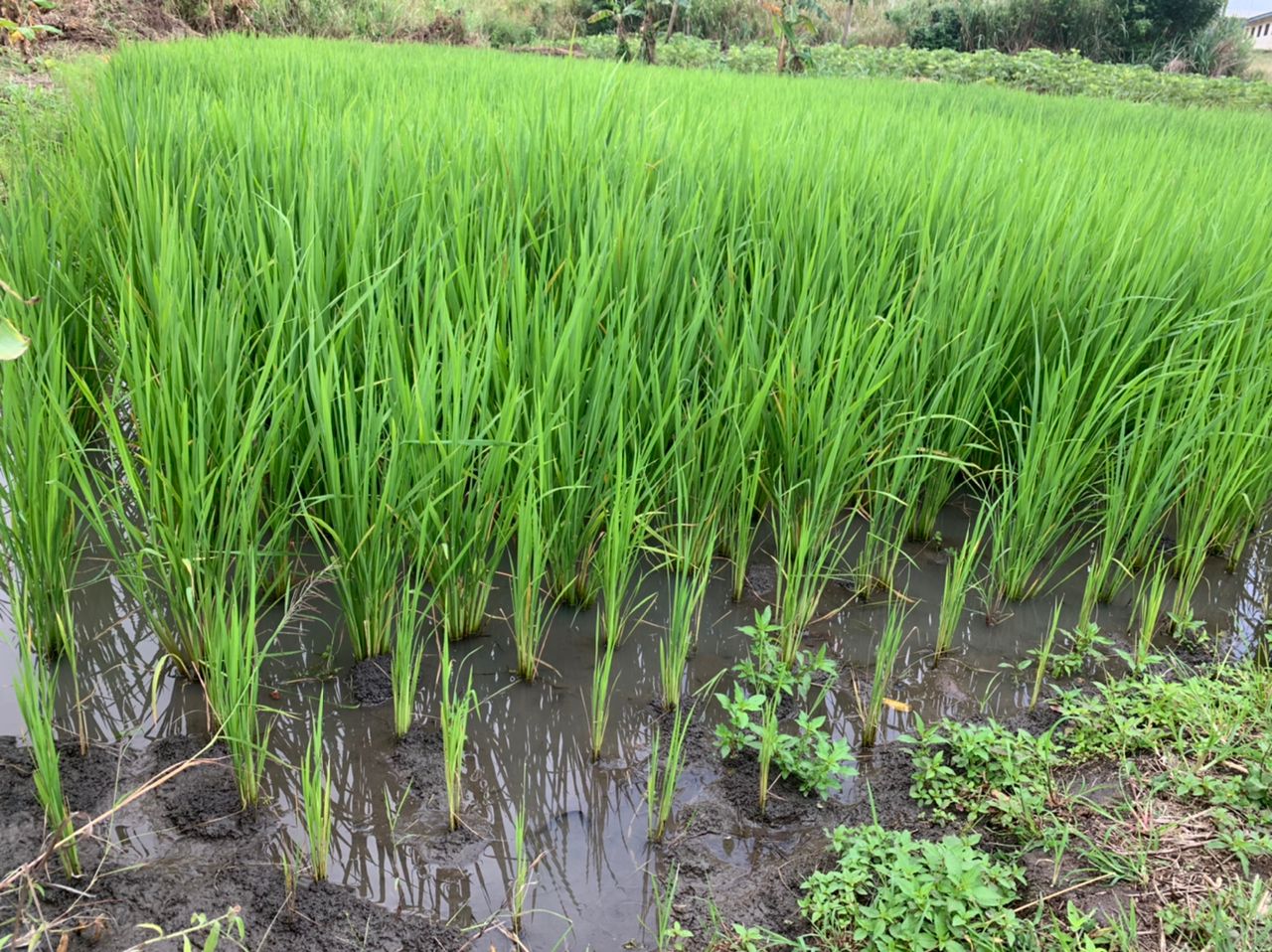
A flooded rice farm
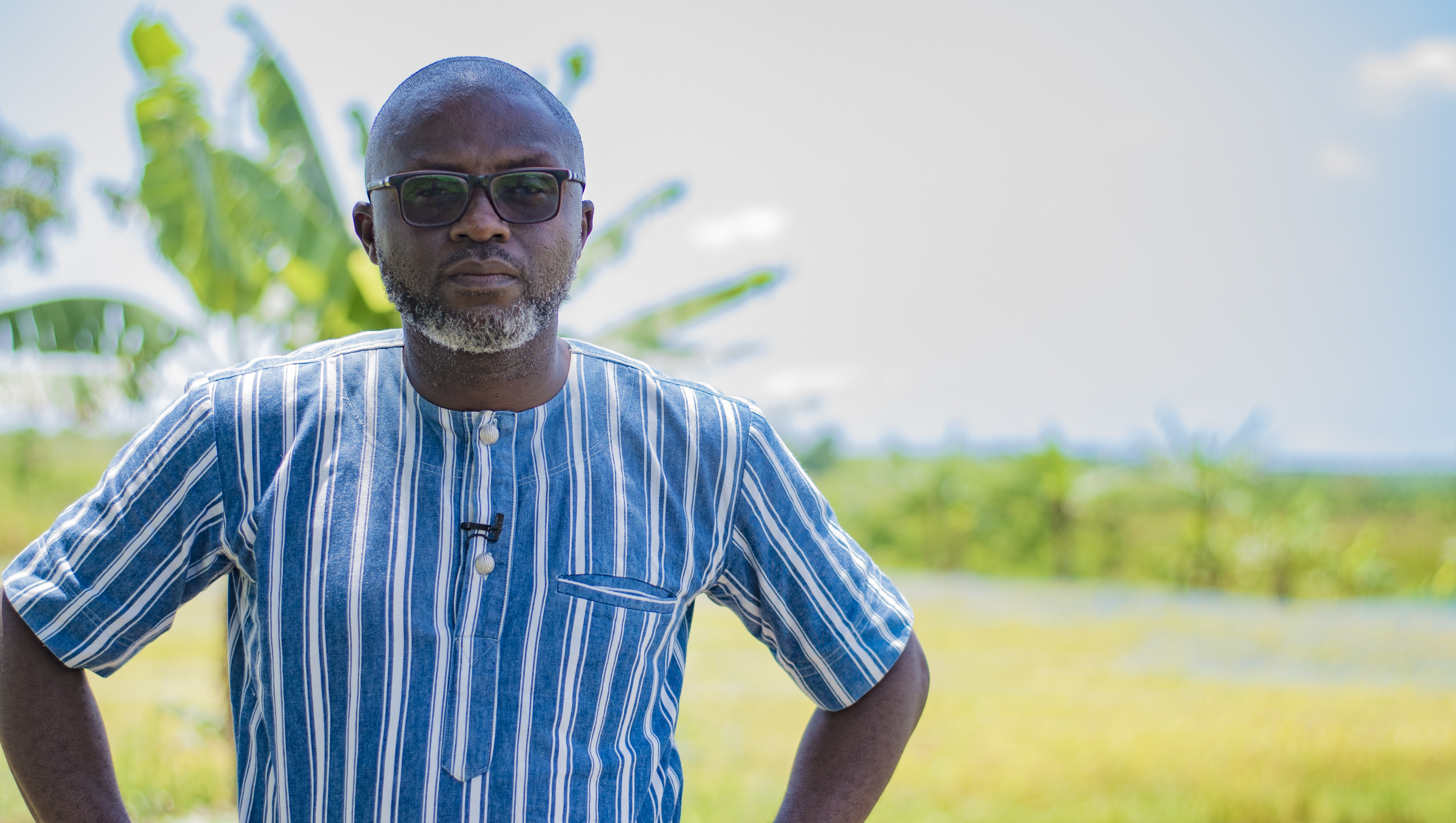
Ebenezer Kwame, Irrigation Scheme Manager for Okyereko Rice Farm.
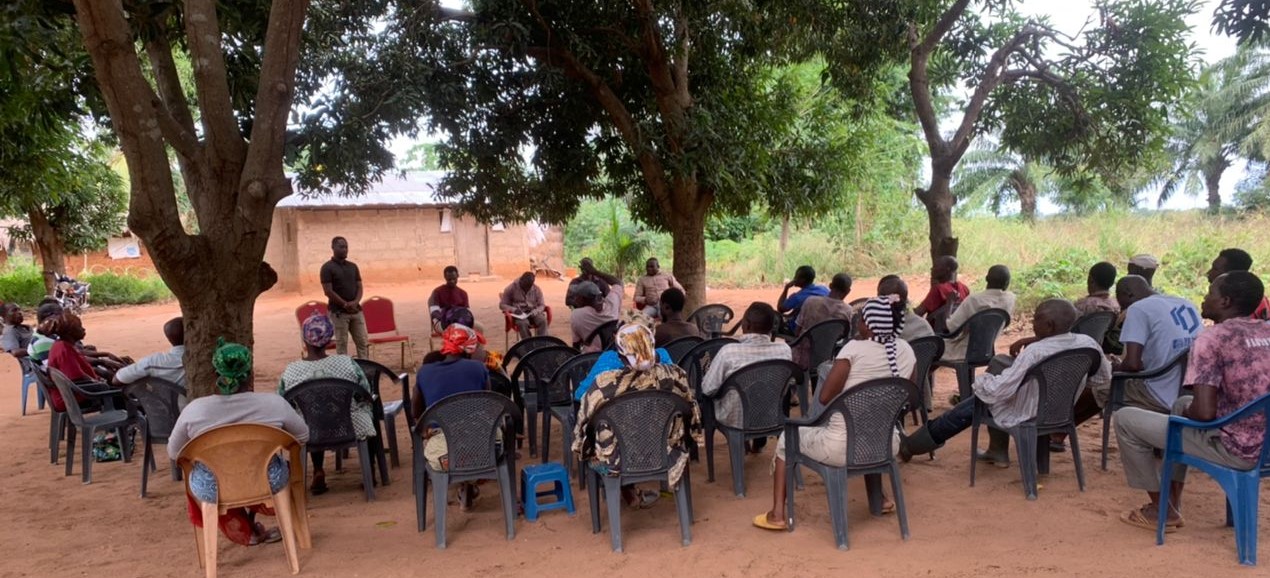
Farmers being trained on the adoption of the alternate wetting and drying technology in rice cultivation to limit methane emission.
The simple technology to help reduce methane emissions in Ghana’s rice farms. This will reduce amount of water used for irrigation.
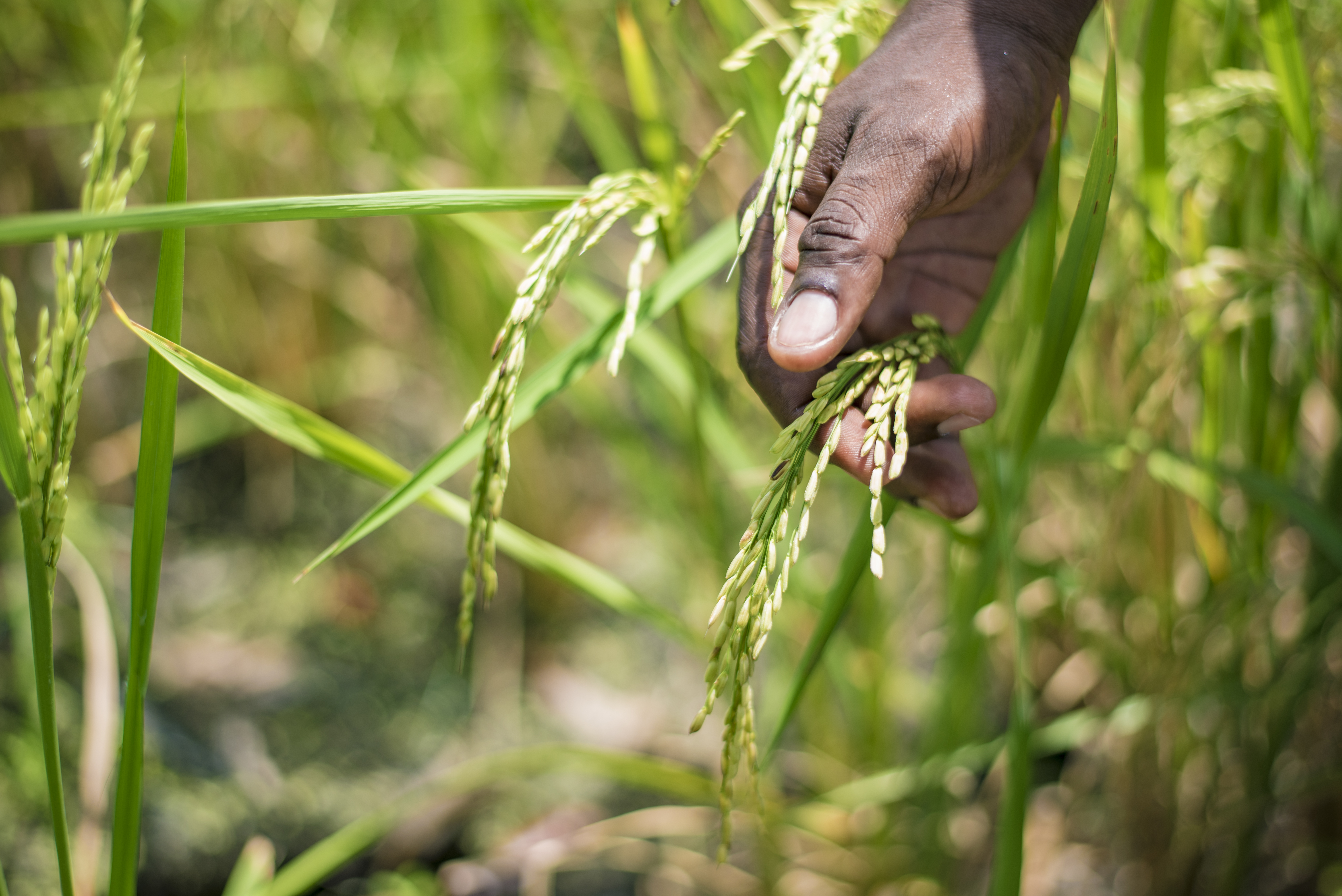
Rice farm

 Locations
Locations



